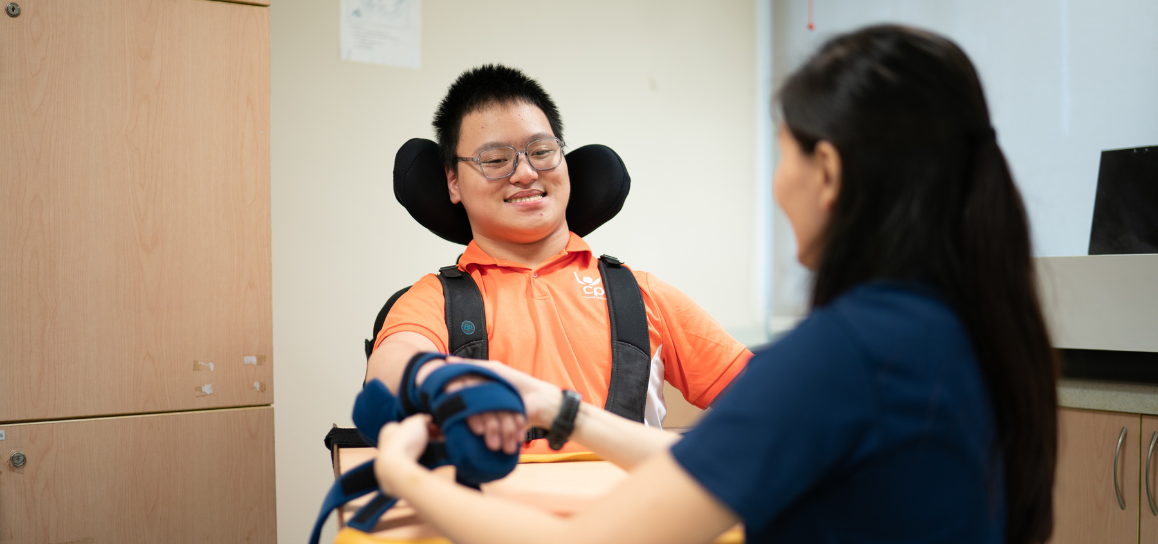
AT A GLANCE
Key Facts
Lifelong Condition
Cerebral palsy is a lifelong disability and it is not curable. Disability may increase with age, and ageing may occur earlier.
Differences in individuals
Cerebral palsy can affect individuals differently. Each person may experience different challenges and areas of needs in learning, working and activities of daily living.
Not contagious
Cerebral palsy is caused by damage to the developing brain, which is not contagious. However, it can be caused by accidents, negligence, infection or abuse.
Treatment is essential
Therapy, assistive technology, medication and surgery are options to maximise the individual's independence and quality of life.
Degrees of disabilities
The degree of an individual’s disabilities ranges from extreme tightness or looseness of the body muscles, improper head, shoulder or hip control to speech impairment.
Not life-threatening
Children diagnosed with cerebral palsy are generally expected to live into adulthood.
Living with Cerebral Palsy
Hear from our children and adults about living with cerebral palsy.

Studying at CPAS
Our students explore their talents and develop their potential with support from our SPED teachers and Allied Health Professionals.

Assistive Technology
Find out how assistive technology enables children with cerebral palsy to communicate with friends and family.

Sheltered Workshop
Meet our trainees at the Goodwill, Rehabilitation and Occupational Workshop (GROW).
Learn More

What is Cerebral Palsy?
View Infographic
Diagnosis and treatment of Cerebral Palsy
View Infographic
BECOME A VOLUNTEER
We can't do our best work without you.


